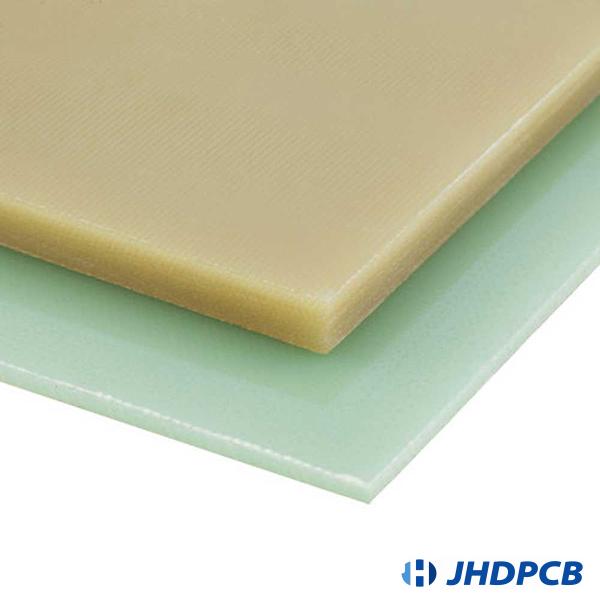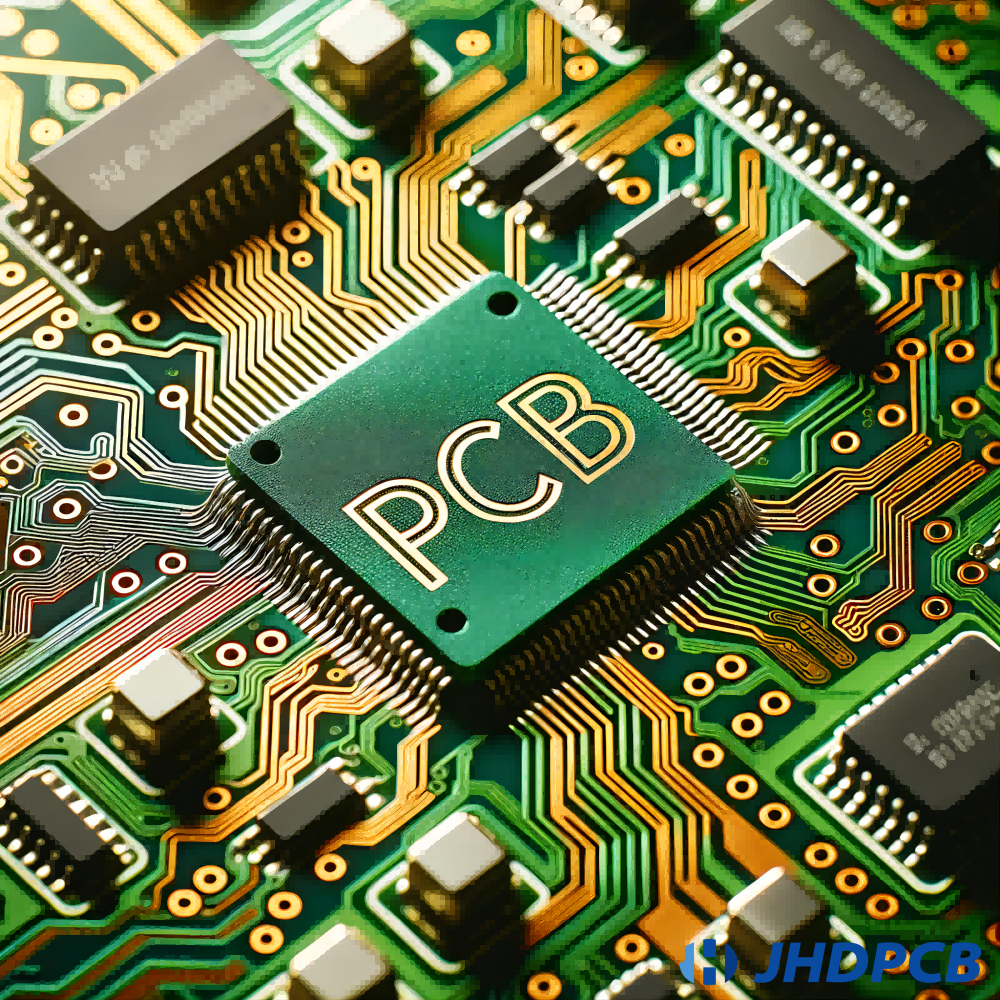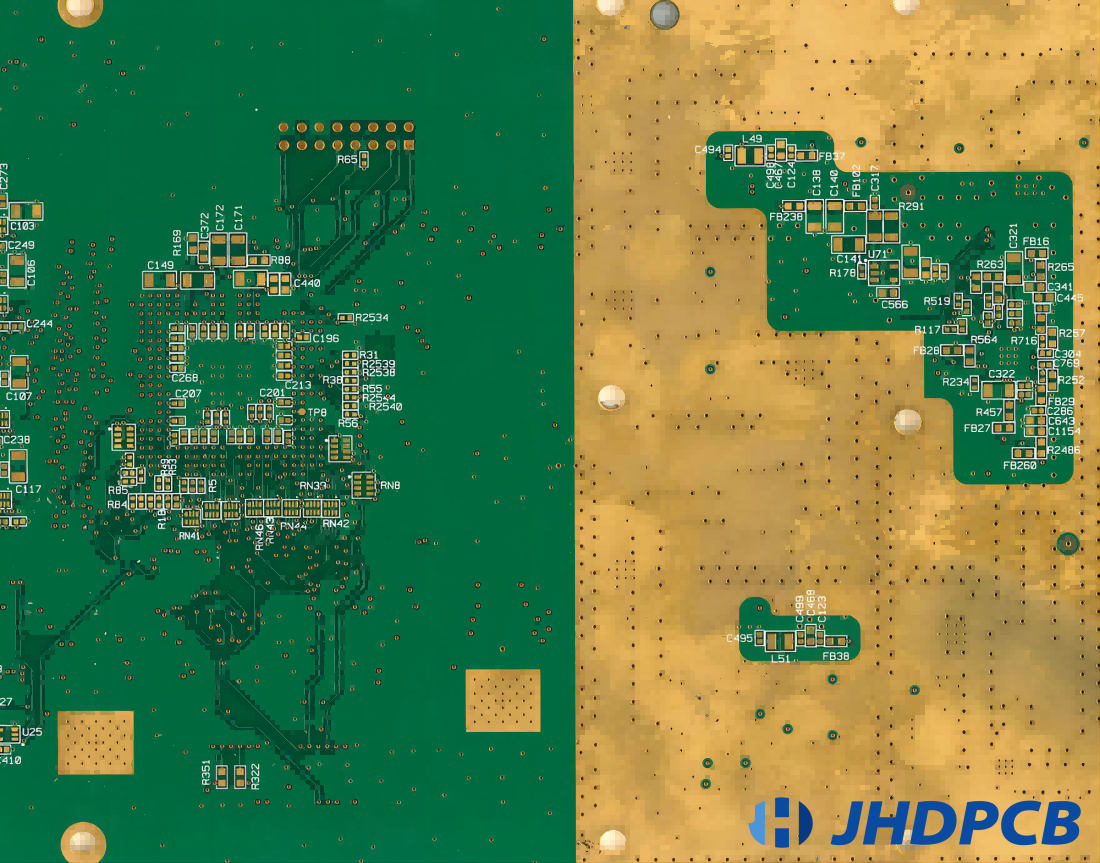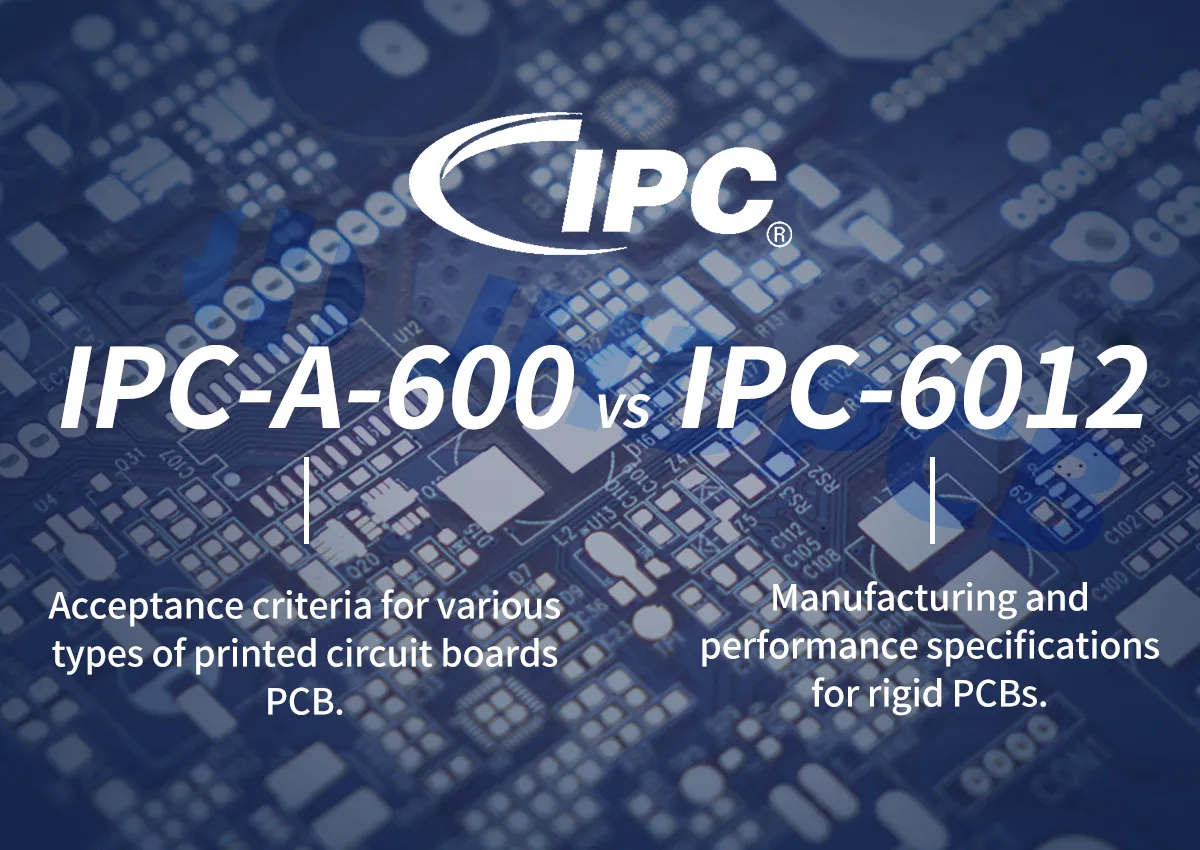What is G10 Epoxy Sheet? its features.
jhdpcb@gmail.com
directory
What is G10 material?
G10 is the material composited with a glass fiber and resin lamination . “G” stands for glass fiber “10” mean that glass fiber is accounting for 10% of it. G10 material has the features of insulation,wear resistance and corrosion resistance well.Compared with ordinary glass fiber, epoxy glass fiber has excellent properties such as high tensile strength, high elastic modulus, good impact resistance, good chemical stability, good fatigue resistance, high temperature resistance, etc. It is mostly used in chemical industry,aerospace, construction , agriculture,aviation and other aspects.
The molecular structure of G10 material consist by reactive epoxy groups, so they can be cross-linked with different kinds of curing agents so as to create insoluble polymers with a network structure three ways .Epoxy resins generally allude to organic polymer mixtures including two or more epoxy bunching in the molecule. with the exception of a few of them, their comparative molecular mass is low.
The color of FR4 and G10 glass cloth with epoxy natural resins are usually light yellow to light green. The most common all-around laminate grade is a continuous fiberglass fabric impregnated with epoxy adhesive. Epoxy resin is one of the most versatile plastics in electronics, mainly because it has almost zero water absorption and is an excellent insulator.
Epoxy resins have excellent adhesion properties and perfect dimensional stability except for electrical insulating features,with shrinkage less than 1%. G10/FR4 has extremely better dielectric loss properties,higher mechanical strength, and excellent electrical strength properties, both wet and dry.
Actually FR4 is a G10 grade flame material which is the main difference between FR4 grades and NEMA G10. So FR4 can be safely replaced where G10 is needed, and G10 can never be replaced where FR4 is needed.
Check other PCB copper clad laminate substrate characteristics;
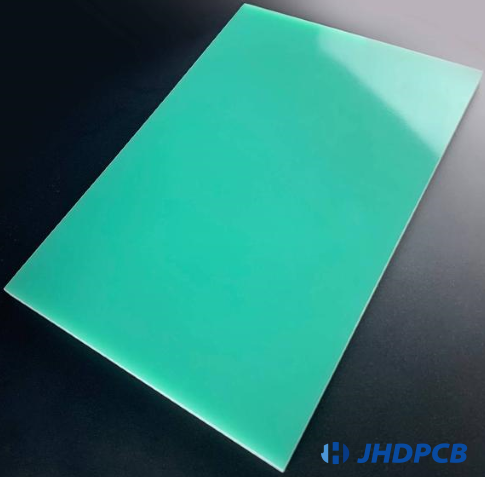
Comparative analysis of epoxy board G10 and FR4
- FR4 and G10 are high-pressure industrial plates by making use of glass fabric impregnated with epoxy resin.
- The difference between FR4 and G10 is in the resin.
- The epoxy resin is a composite of two chemicals: epichlorohydrin and “bis” phenol A.
- In FR4, a small part of “bis” phenol A is replaced with tetrabromo “bis” phenol A.
- The purpose of this replacement is to make the resulting laminate more flame retardant hence the name FR (Flame-Retardant) 4. Click to read the detailed knowledge of FR4 materials in PCB manufacturing.
- There is very little difference in properties. Bromine with its slightly more complex structure is more stable when heat is applied, yet the “tg” (temperature when thermo decomposition is noted)remains relatively the same.
The advantages of G10 epoxy substrates?
Diversified forms. A wide variety of resins, modifier systems and curing agents are available to meet the shape requirements of almost any application, from very low viscosity to high melting solids.
Easy to solidify. The epoxy resin system can be cured almost in the temperature from 0 °C to 180 °C,by using a variety of different curing materials. Of course, in a specific high temperature use environment, we still recommend using high TG materials to produce High TG PCBs.
Strong adhesive force. It have high adhesion to various materials because of polar hydroxyl and ether bonds inherent from epoxy resin existence of molecular chain . Epoxy resins with features of low shrinkage while being cured and creating little internal stress, which also helps to improve bond strength.
Low contractibility rate. How react of the epoxy resin and its curing materials used?It is finished by direct addition reaction or open loop polymerization of epoxy catalogs in the resin molecule, but no releasing of water or other volatile side product.Comparing to unsaturated polyester resins and phenolic resins its shrinkage is less than 2% during curing.
G10 Technical Parameter:
- Flame Retardant: HB.
- Perpendicular layer bending strength (normal): ≥340Mpa.
- Perpendicular layer bending strength (150±2℃): ≥340Mpa.
- Parallel layer impact strength : 66.7KJ/m².
- Parallel layer impact strength :45.3KJ/m².
- Insulation resistance after immersion in water (D-24/23): ≥5.0×10²Ω.
- Vertical layer-wise electrical strength : ≥10.7MV/m.
- Parallel layer breakdown voltage: ≥40KV.
- Relative dielectric constant (1MHz): ≤5.5.
- Dielectric loss angle: 3.3*10-2.
- Water absorption (D-24/23, plate thickness 1.6mm): 6.5mg.
Comparative analysis of epoxy board G10 and G11.
G10 and G11 are laminated composites of glass fiber and resin. G stands for glass fiber, and the number refers to the content of glass fiber in it.
G10 epoxy board: Its color is aqua green, and it is made by dipping E-glass fiber cloth with epoxy resin and pressing it. Because E-glass fiber cloth does not contain halogen elements, it will not pollute the environment. Its glass transition temperature is 130 ℃ and the electric breakdown voltage is greater than 60kv, and it is mostly used to manufacture switchgear, transformers, and explosion-proof electrical appliances.
G11 epoxy board: G11 epoxy board is a hard insulating material, its heat resistance is very good, the glass transition temperature is 175 degrees Celsius, the commonly used size is 1020mm × 1220mm, it is resistant to water, and can be used in humid environments. Mainly used to manufacture high voltage switches.
Contrast of composition-
Composition of G10 epoxy plate: It is composed of hot pressing with imported electronic alkali free glass fiber cloth impregnated with imported epoxy resin and corresponding imported flame retardant, adhesive and other additives.
Composition of G11 epoxy plate: the imported electronic grade alkali free glass fiber cloth is used to impregnate the imported epoxy resin, and the corresponding imported flame retardant, adhesive and other additives are added by hot pressing. Processed paperboard like insulating material.
Performance contrast-
G10 epoxy plate performance:flame retardant ul94-vo, high temperature mechanical properties, good processability and insulation performance.
G11 epoxy plate performance: same as G10 epoxy plate.
Application contrast-
Application of G10 epoxy plate: it is used as insulation composition construction in motors and electrical facility, such as switchgear,circuit breakers,transformers,AC contactors,DC motors, electric facilities of explosion-proof and so on.
Application of G11 epoxy plate: it is used as insulation composition construction in motors and electrical facility, such as used in insulation oil,humid environment, high voltage GIS, high voltage switches and so on.
I believe you should have a preliminary understanding of G10 epoxy board under the introduction of JHD. So is it applied in the PCB manufacturing process, under what circumstances, and how much is the content controlled? In these areas, our professional team will give the best advice based on your actual PCB application needs. For JHD’s complete introduction to FR4 substrates, see FR4 Materials In PCB Manufacturing. For more PCB content, please visit our website or contact our customer service staff to answer your questions.
